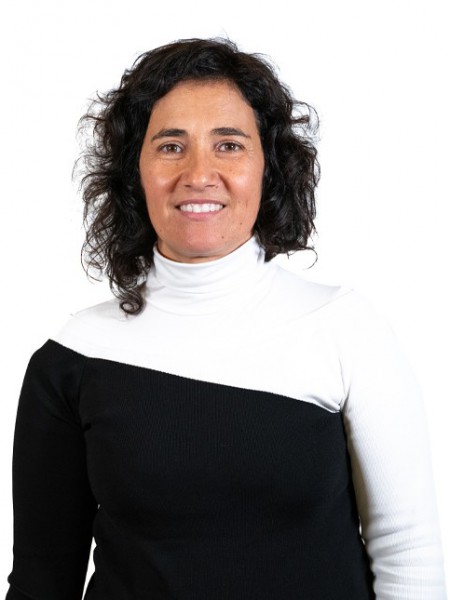resumo
Bioplastics have emerged to minimize the ecological footprint of non-degradable plastics. However, the effect of their degradation in aquatic systems, including the interaction with toxic metals, is still unexplored. In this work, the influence of UV-aging on structure, chemistry, wettability, rigidity, and Hg-sorption of commercially available bioplastic (BIO)-and polyethylene (PE)-based films was studied. To mimetize the materials disposal in fresh-/saltwaters, non-saline/saline aqueous solutions were used in Hg-sorption studies. ATR-FTIR spectra revealed that the BIO film was a coblended starch/polyester-based material, whose microstructure, physicochemical, and mechanical properties changed after UV-aging to a higher extent than in PE film. AFM and kinetic modelling pointed out electrostatic interactions/complexation as the mechanisms involved in the increased Hg sorption by the UV-aged BIO film. An increased salinity did not impair its Hg-sorption. Therefore, when disposed in aquatic systems, starch/polyester-based bioplastics can play a potential vector for amplifying Hg along the food chain.
palavras-chave
PLASTIC PRODUCTION PELLETS; HEAVY-METAL IONS; TRACE-METALS; MYTILUS-GALLOPROVINCIALIS; SURFACE-PROPERTIES; RESIN PELLETS; MICROPLASTICS; POLYETHYLENE; BIOACCUMULATION; WATER
categoria
Environmental Sciences & Ecology; Marine & Freshwater Biology
autores
Pinto, J; Dias, M; Amaral, J; Ivanov, M; Paixao, JA; Coimbra, MA; Ferreira, P; Pereira, E; Goncalves, I
nossos autores
Grupos
G2 - Materiais Fotónicos, Eletrónicos e Magnéticos
G4 - Materiais Renováveis e Economia Circular
Projectos
Collaboratory for Emerging Technologies, CoLab (EMERGING TECHNOLOGIES)
CICECO - Aveiro Institute of Materials (UIDB/50011/2020)
CICECO - Aveiro Institute of Materials (UIDP/50011/2020)
Associated Laboratory CICECO-Aveiro Institute of Materials (LA/P/0006/2020)
Projeto de Investigação Exploratória: Paula Ferreira (IF_Paula Ferreira)
BioMEMs Avançados para Engenharia de Tecidos: Aplicações em Tecidos Duros (BioMEMs)
agradecimentos
Thanks are due to the University of Aveiro and FCT/MCTES for the financial support of CICECO - Aveiro Institute of Materials (FCT Ref. UIDB/50011/2020, UIDP/50011/2020 & LA/P/0006/2020), CESAM (FCT Ref. UIDB/50017/2020 & UIDP/50017/2020), and LAQV- REQUIMTE (FCT ref. UIDB/50006/2020). Jo ~ao Pinto benefited from a PhD grant funded by FCT (ref. 2020.05323.BD). FCT is also thanked for the Investigator FCT program (PF, IF/00300/2015) and for the Indi-vidual Call to Scientific Employment Stimulus (IG, CEECIND/00430/ 2017). Maxim Ivanov is grateful to the FCT project BIOMEMs (POCI-01- 0145-FEDER-032095). The access to TAIL-UC facility funded under QREN-Mais Centro project ICT_2009_02_012_1890 and the Coimbra Physics Centre supported by the FCT through the project UIDP/04564/ 2020 co-funded by COMPETEUE are gratefully acknowledged.




